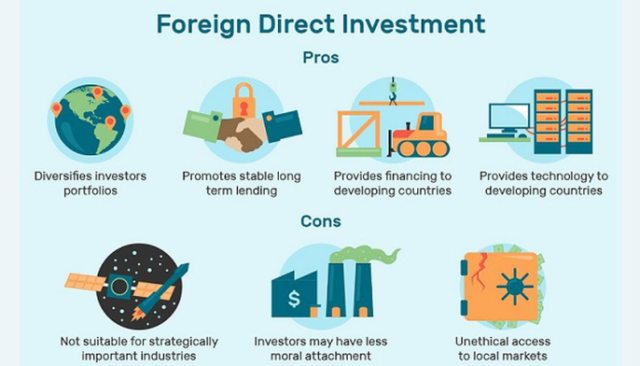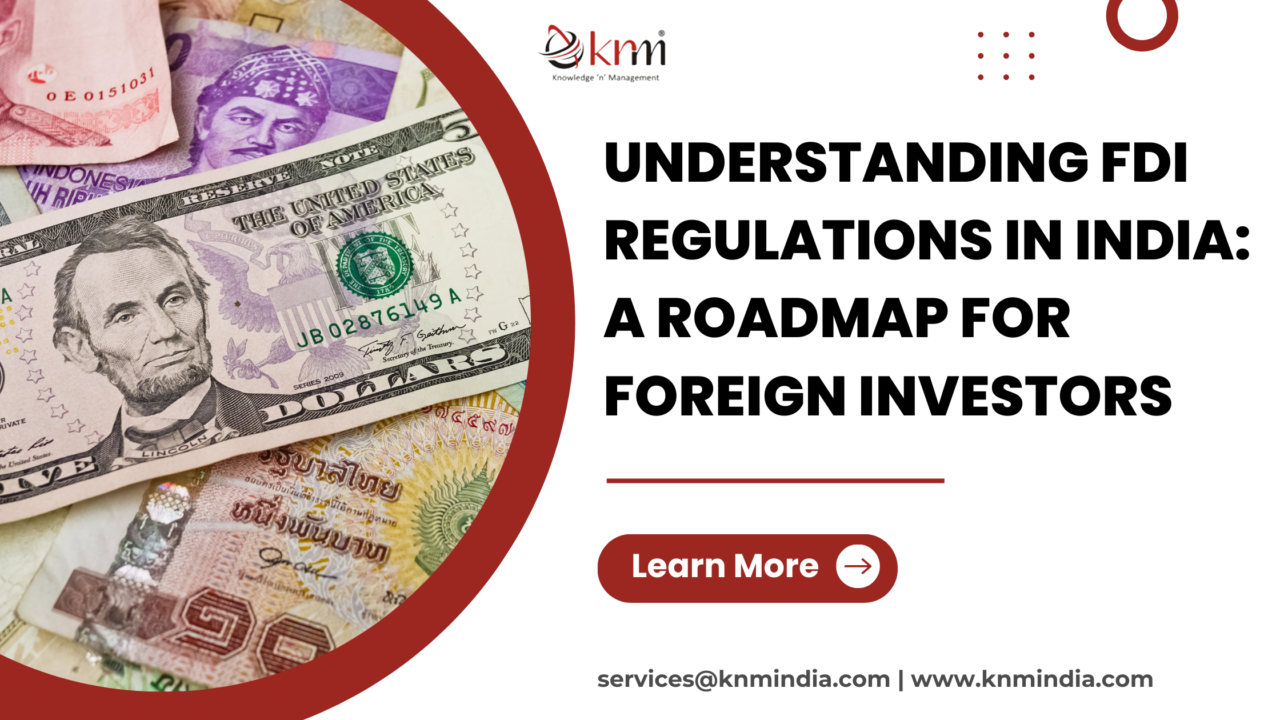
Over the years, India has become one of the preferred destinations for foreign investments owing to favorable demographics as well as a noticeable and consistent growth trajectory. During the financial year 2021-2022, India witnessed its highest-ever foreign direct investment (FDI) inflow of approximately US$83.57 billion. Interestingly, this surge in FDI was observed despite the restrictions imposed by the Indian government on receiving FDI from countries sharing land borders with India.
The increasing number of FDI may be largely attributable to various policy reforms introduced by the Indian government over time to liberalize the economy and enhance the ease of doing business in India; and geopolitical considerations and global trade relations, under which investors are diverting their investments away from China.
Legislative framework
The primary legislation governing the foreign exchange regime in India is:
- The Foreign Exchange Management Act, 1999 (as amended from time to time) (FEMA) along with the rules and regulations framed thereunder including the Foreign Exchange Management (Non-Debt Instruments) Rules, 2019 (NDI Rules) and the Foreign Exchange Management (Mode of Payment and Reporting of Non-Debt Instruments) Regulations, 2019; and
- The Consolidated Foreign Direct Investment Policy, 2020 issued by the Department of Promotion of Industry and International Trade (DPIIT) as amended from time to time by way of press notes issued by DPIIT.
We shall collectively refer to these as ‘the FEMA Regime’.
Modes of foreign investment
Foreign investment in India can be made through the following three modes:
- Foreign Direct Investment (FDI).
- Foreign Venture Capital Investment (FVCI).
- Foreign Portfolio Investment (FPI).
Foreign Direct Investment

The FEMA Regime defines FDI as ‘investment through equity instruments by a person resident outside in India in an unlisted Indian company; or 10% or more of the post-issue paid-up equity capital on a fully diluted basis of a listed company.’
The FEMA Regime contemplates FDI into India via two routes:
- The automatic route and; ii. The government (approval) route.
The available route of investment is dependent on the sector in which the business of the Indian investee entity falls and the quantum of the investment being made. Under the automatic route, FDI is permitted without any approval from the government or the RBI, up to 100 percent or such other limit as may be prescribed for a sector. Some sectors under the 100 percent automatic route include manufacturing, telecom services, and other financial services.
Investments in sectors falling under the government route require the prior approval of the government or the RBI, or both, and any investment made under this route is subject to the conditions that may be stipulated by the government or RBI, or both, in its approval.
FDI is prohibited in entities engaged in the following sectors:
- Lottery business;
- Gambling and betting including casinos, etc.;
- Chit funds;
- Nidhi companies;
- Trading in transferable development rights;
- Real estate business or construction of farmhouses.
Entities eligible to receive FDI
In the context of eligible investees, the FEMA Regime originally defined an Indian entity to mean an Indian company or a limited liability partnership (LLP). FDI is permitted in LLPs engaged in sectors where 100 percent FDI is allowed under the automatic route and there are no foreign investment-linked performance conditions.
It is pertinent to note that the FEMA Regime explicitly clarifies that societies, trusts, and any other excluded entities do not fall under the ambit of an Indian company and, consequently, are not eligible investee entities under the FEMA Regime.
Foreign Venture Capital Investment
An FVCI is a foreign venture capital investor incorporated and established outside India, which is required to be registered with SEBI. An FVCI is permitted to invest in unlisted securities of Indian companies engaged in the following sectors:
- Biotechnology;
- IT related to hardware and software development;
- Nanotechnology;
- Seed research and development etc.
Foreign Portfolio Investment
A foreign portfolio investor (FPI) is a person registered under the relevant SEBI regulations. FPIs are classified into two categories – Category I and Category II, Category I includes government and government-related investors such as sovereign wealth funds and central banks, while Category II includes corporate bodies, charitable organizations, and unregulated funds.
Conclusion
Foreign investors see huge potential in the Indian economy given its highly skilled workforce, low wage requirements, and ever-growing consumer market. Today, India is one of the most attractive FDI destinations globally. In 2022, India bagged the 16th position in Kearney’s foreign direct investment (FDI) confidence index. India’s economic development has witnessed promising growth in the recent past and has the potential to continue growing tremendously in the years to come.



